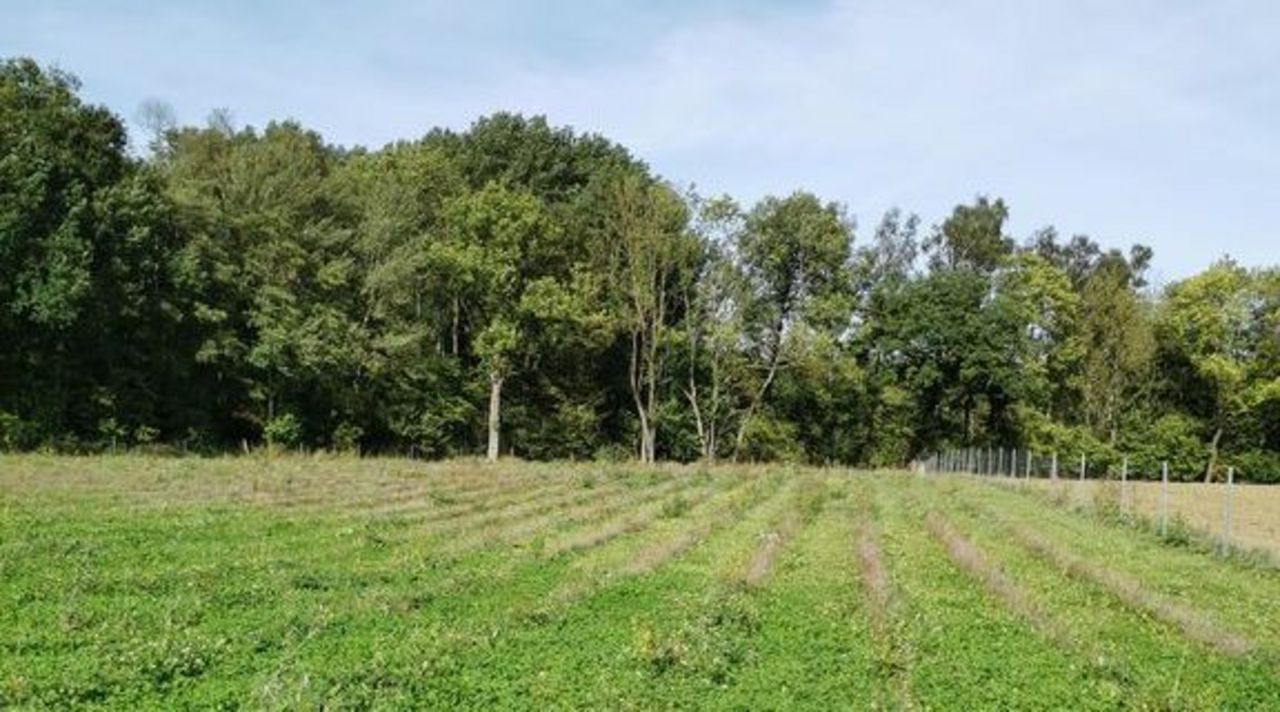Project
FraxGen – Genetics and breeding of ash subproject 1

Joint Project Genetics and Breeding of Ash – Subproject 1: Selection, characterisation and preservation of vital ash trees and elucidation of the genetic basis of resistance to ash dieback
Background and Objective
Since its first detection in Germany in 2002, ash dieback caused by the fungus Hymenoscyphus fraxineus (asexual stage: Chalara fraxinea) has spread throughout Germany and large parts of Europe. The occurrence of the common ash in Germany is continuously declining. In addition to dramatic financial losses for forestry operations due to deterioration in wood quality, mortality of the trees and increased expenditure for controls and maintenance (road safety obligation), the future of the common ash is uncertain, especially since new plantings are not recommended. Since the occurrence of ash dieback in Germany, intensive research has been carried out. This is done by various research institutions, partly linked to an exchange of experience at European level. The fact that the research efforts in the individual federal states are based on the use of similar methods but different scales proves to be an obstacle. It makes it difficult to compare the results and to derive uniform recommendations for action. The need for a coordinated approach to deal with ash dieback was unanimously expressed by experts in a multidisciplinary workshop held at the suggestion of the BLAG-FGR (Fussi et al. 2017). This workshop provided valuable suggestions for the development of a national strategy on how forest practice, politics and research can work effectively together for ash trees.
The overall goal of the project is a coordinated approach against ash dieback involving all relevant disciplines.
Approach
Within the framework of the joint project Genetics and Breeding of Ash (FraxGen), vital and resistant plus trees are selected by the Thünen Institute in severely damaged ash stands in the north-east German lowlands, propagated by grafting and planted out in clone archives for conservation. These grafts are already subjected to resistance testing during the cultivation phase. In addition, seeds from some of these trees are also harvested and grown for the establishment of a progeny test. This progeny test is the basis for later studies on the inheritance of possible resistances. As part of the project, the selected plus trees are characterised using DNA markers (microsatellites). Another work package is focused on the elucidation of the genetic basis of resistance to ash dieback. To this end, full sibling families are identified in already existing progenies of fully vital ash trees with the help of microsatellite markers. The individuals of the full sibling families are genotyped using whole genome sequencing. Various growth traits, phenology, chlorophyll content and susceptibility to ash dieback will be surveyed in the full sib families. The genetic architecture of the variation in these traits and the underlying QTL will be revealed. Additionally, work will be carried out on tissue culture of ash to provide resistant grafting rootstocks. In a separate work package, DNA samples of different strains of the ash dieback pathogen will be analysed using multiplex PCR and subsequent fragment analysis. The results will be made available to the project partners of the FraxPath network for further evaluation. The Thünen Institute coordinates the joint project FraxGen.
Involved Thünen-Partners
Funding Body
-
Fachagentur Nachwachsende Rohstoffe e.V. (FNR)
(national, öffentlich)
Duration
7.2020 - 2.2024
More Information
Project funding number: 2219WK21A4
Funding program: Waldklimafonds (Programmbestandteil des Sondervermögens Energie- und Klimafonds)
Project status:
ongoing

![[Translate to English:] [Translate to English:]](/media/_processed_/f/3/csm_2022_Titelbild_gross2_Saatgut_in_Hand_9ffb8f5748.jpg)
![[Translate to English:] [Translate to English:]](/media/_processed_/f/3/csm_2022_Titelbild_gross2_Saatgut_in_Hand_c17270fcc0.jpg)
![[Translate to English:] Logo des Bundesministerium für Ernährung und Landwirtschaft](/media/allgemein/logos/BMEL_Logo.svg)